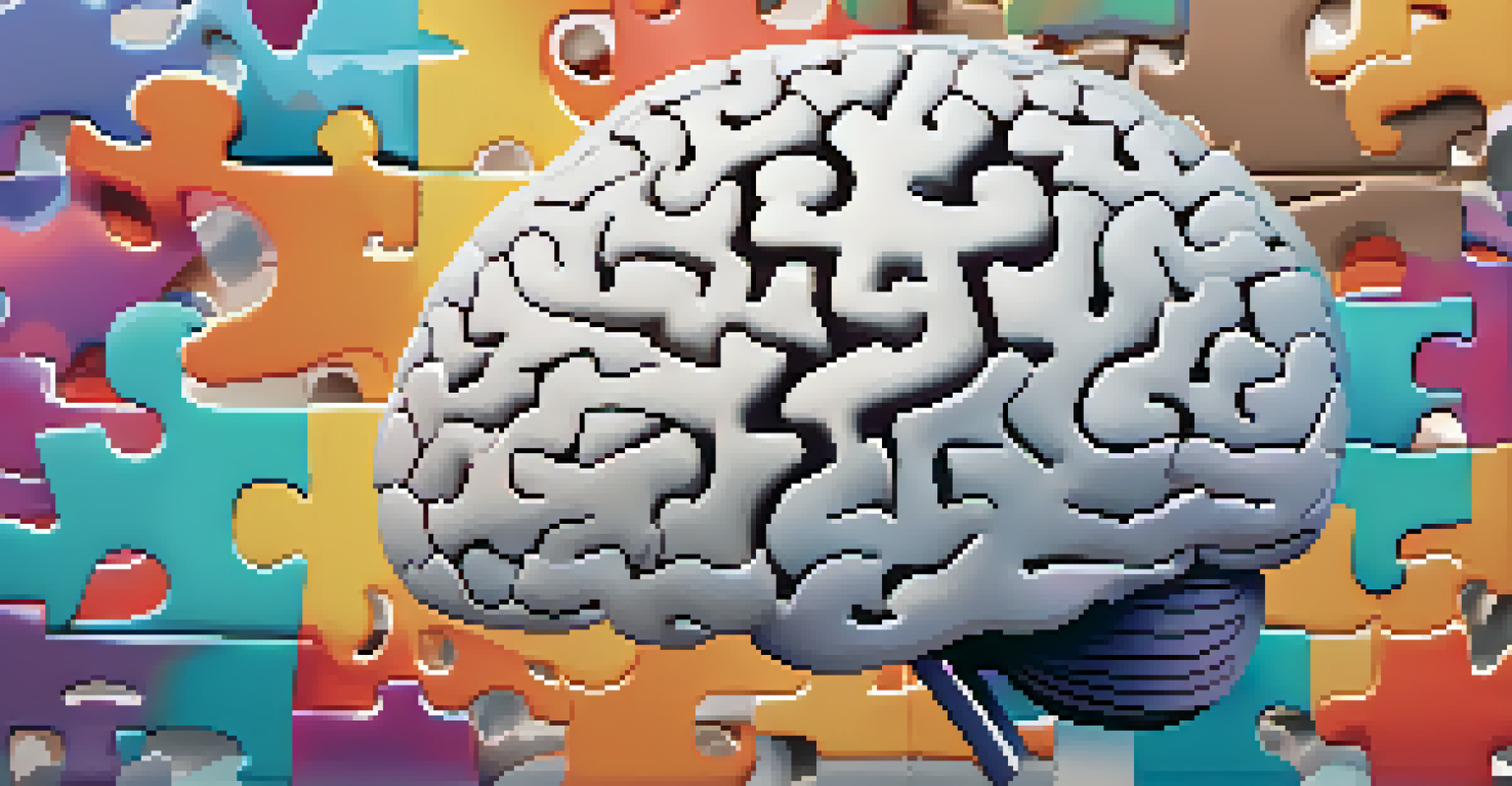The Science Behind Microlearning: Why It Works

Understanding Microlearning: What Is It?
Microlearning refers to bite-sized educational content that focuses on specific learning objectives. Rather than lengthy lessons, it delivers information in short, digestible segments, making it easier for learners to absorb. This approach is particularly effective in today’s fast-paced world, where attention spans are shorter than ever.
Tell me and I forget, teach me and I remember, involve me and I learn.
Think of microlearning as a snack for your brain. Just like a quick bite can fuel your energy without overwhelming you, microlearning provides just enough information to keep you engaged and informed without the fatigue that often accompanies traditional learning methods.
This format can take various forms, including videos, quizzes, podcasts, and infographics, allowing learners to choose the medium that resonates with them. By catering to different learning styles, microlearning enhances the overall educational experience.
The Psychology of Microlearning: Why It Resonates
The effectiveness of microlearning is deeply rooted in cognitive psychology. Research shows that our brains are wired to process information in chunks, a concept known as 'chunking.' By breaking down complex information into smaller parts, learners can better retain and recall what they've learned.

Imagine trying to memorize a long phone number all at once versus breaking it down into smaller segments. The latter method is far easier, right? This principle applies to microlearning, where each snippet of information builds on the last, reinforcing memory and understanding.
Microlearning: Bite-Sized Education
Microlearning delivers short, focused content that enhances retention and engagement, making learning more accessible.
Additionally, microlearning caters to the brain's need for novelty. Short, varied content keeps learners engaged and prevents boredom, making the learning experience more enjoyable and effective.
Flexibility and Accessibility: Learning on Demand
One of the standout features of microlearning is its flexibility. Learners can access content anytime and anywhere, making it easier to fit education into their busy lives. Whether on a commute, during a lunch break, or at home, microlearning allows for learning at one's own pace.
The ability to learn faster than your competitors may be the only sustainable competitive advantage.
This on-demand access is akin to having a library in your pocket. You can browse through resources and pick what you need when you need it, which is a significant advantage over traditional learning methods that often require more commitment of time and location.
Moreover, this flexibility caters to diverse learning schedules and preferences. Whether someone learns best in the morning or late at night, microlearning adapts to individual needs, making education more inclusive.
Engagement Through Gamification: Making Learning Fun
Microlearning often incorporates gamification elements, which adds a layer of fun and engagement. By integrating quizzes, badges, and leaderboards, learners are motivated to participate and progress through the content. This approach taps into our natural desire for achievement and competition.
Think of it like playing a video game; each level you conquer brings a sense of accomplishment. Similarly, microlearning allows learners to track their progress, providing instant feedback and a sense of achievement that enhances motivation.
Flexibility in Learning Anytime, Anywhere
The on-demand nature of microlearning allows learners to access educational material at their convenience, fitting into busy schedules.
This gamified experience not only makes learning enjoyable but also reinforces knowledge retention. When learners are engaged and having fun, they're more likely to remember the information presented.
Cost-Effectiveness: A Smart Investment in Learning
Implementing microlearning strategies can also be a cost-effective solution for organizations. Traditional training methods often require extensive resources, including time away from work and expensive materials. Microlearning, however, can be produced and delivered more efficiently, reducing overall training costs.
Consider it like cooking a meal: preparing a full-course dinner can be time-consuming and costly, while whipping up a quick snack is often quicker and cheaper. Similarly, microlearning allows businesses to deliver effective training without the heavy investment of time and money.
Furthermore, this approach minimizes the time employees spend away from their primary responsibilities, leading to increased productivity. When organizations invest in microlearning, they’re not just saving money—they’re also maximizing their workforce’s potential.
Retention Rates: Why Microlearning Sticks
Studies have shown that microlearning leads to higher retention rates compared to traditional learning methods. This is largely due to the way information is presented—short, focused bursts of content are easier to remember. In fact, learners are more likely to recall information learned through microlearning long after they've engaged with it.
Imagine trying to remember the details of a week-long seminar versus recalling a 5-minute video clip. The latter is often much easier because it's concise and focused, allowing our brains to latch onto the key points.
Gamification Boosts Engagement
Incorporating gamification elements into microlearning makes the experience enjoyable, motivating learners to achieve and retain knowledge.
This improved retention isn't just beneficial for individual learners; it also translates to better performance in workplace settings. Employees equipped with easily remembered knowledge can apply their skills more effectively in real-world situations.
The Future of Learning: Embracing Microlearning
As the landscape of education continues to evolve, microlearning is becoming an increasingly popular choice for both learners and organizations. With its focus on flexibility, engagement, and retention, it's clear that this approach is well-suited for the demands of modern life. Educational institutions and businesses alike are beginning to embrace microlearning as a viable alternative to traditional methods.
Think of microlearning as the wave of the future, where adaptability and efficiency are key. As technology continues to advance, we can expect even more innovative ways to deliver microlearning content, making it an integral part of the educational landscape.

Ultimately, embracing microlearning means prioritizing effective learning experiences that cater to the needs of today's learners. As we move forward, it's essential to recognize the power of microlearning in shaping our approach to education.